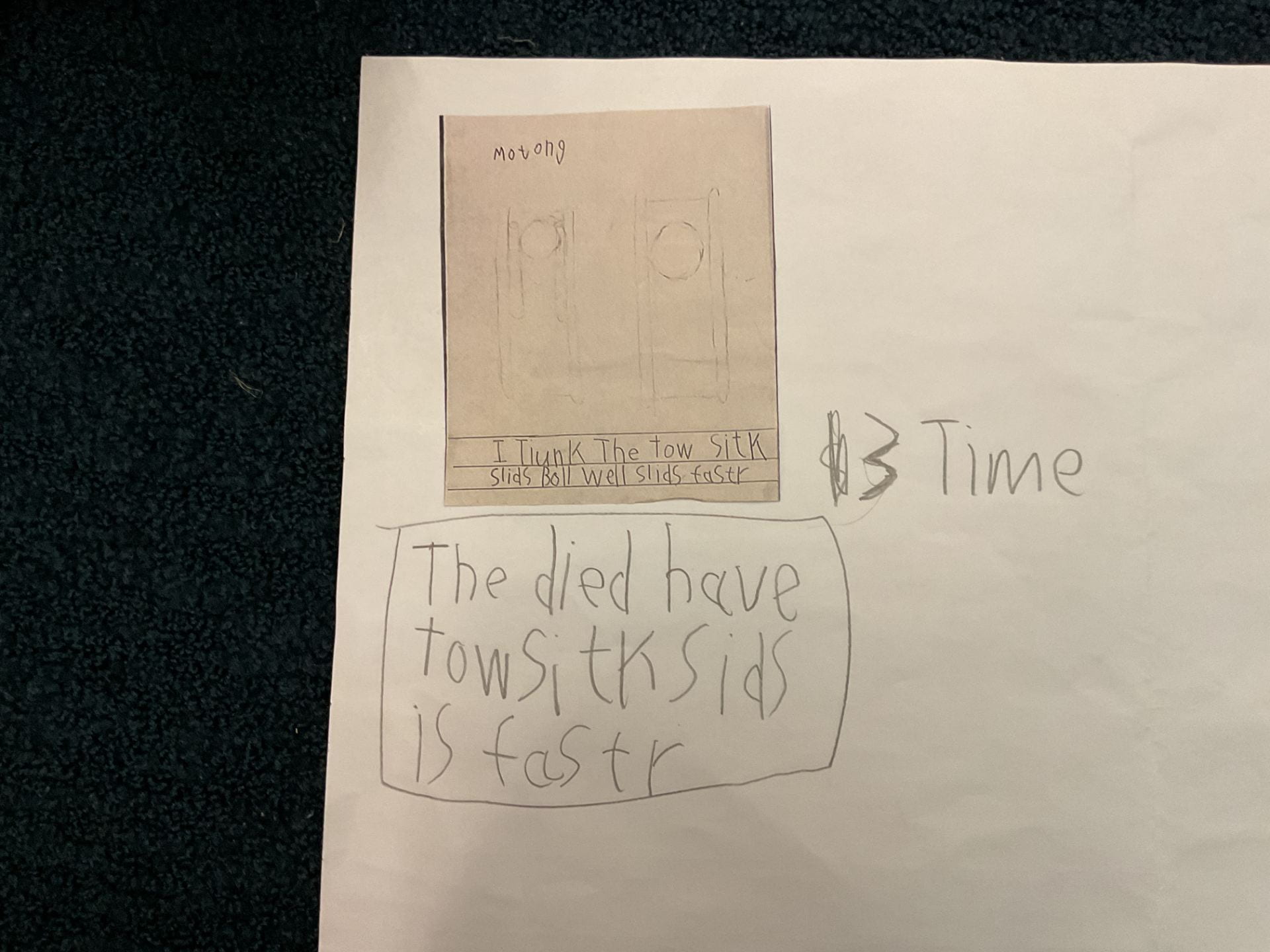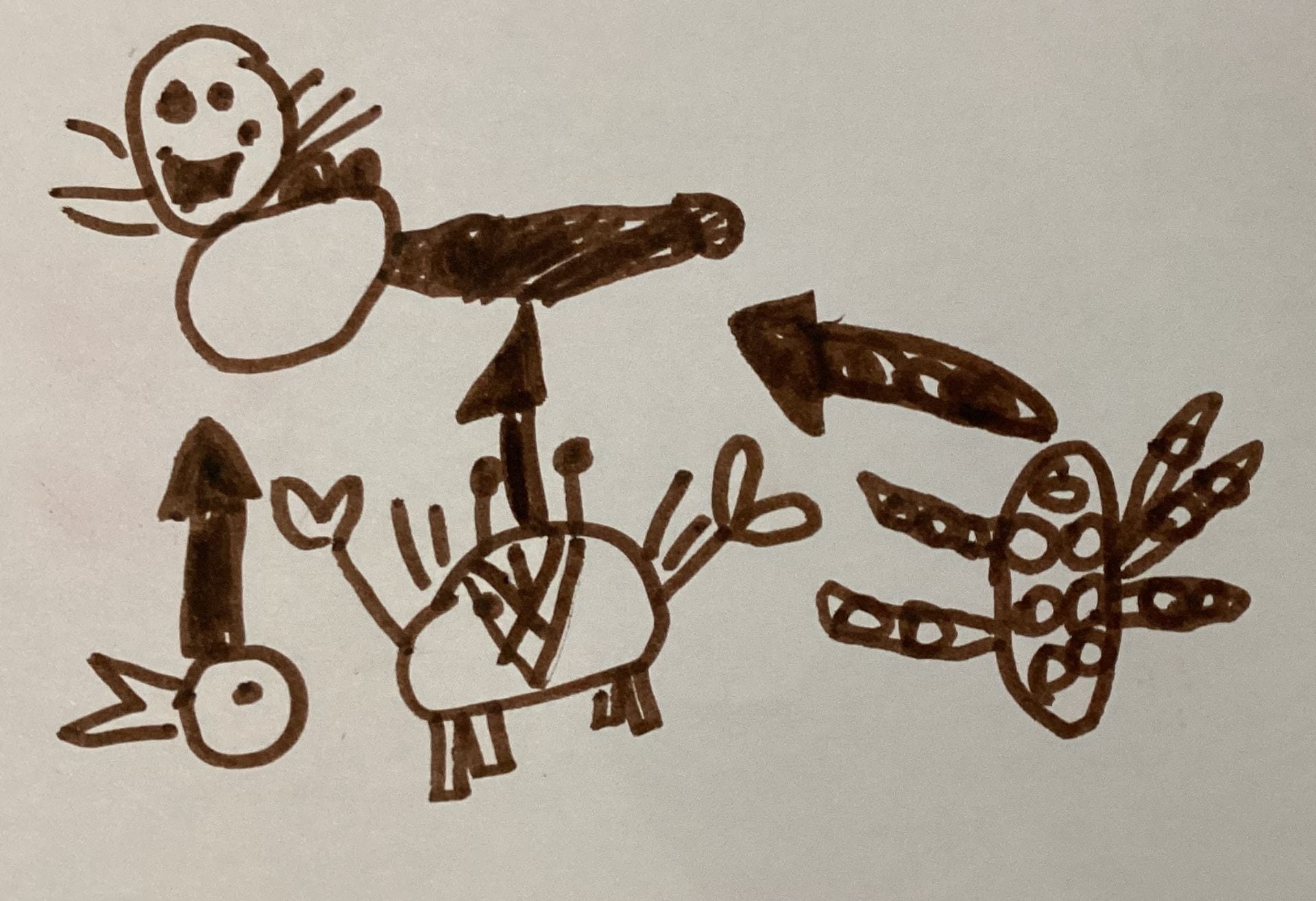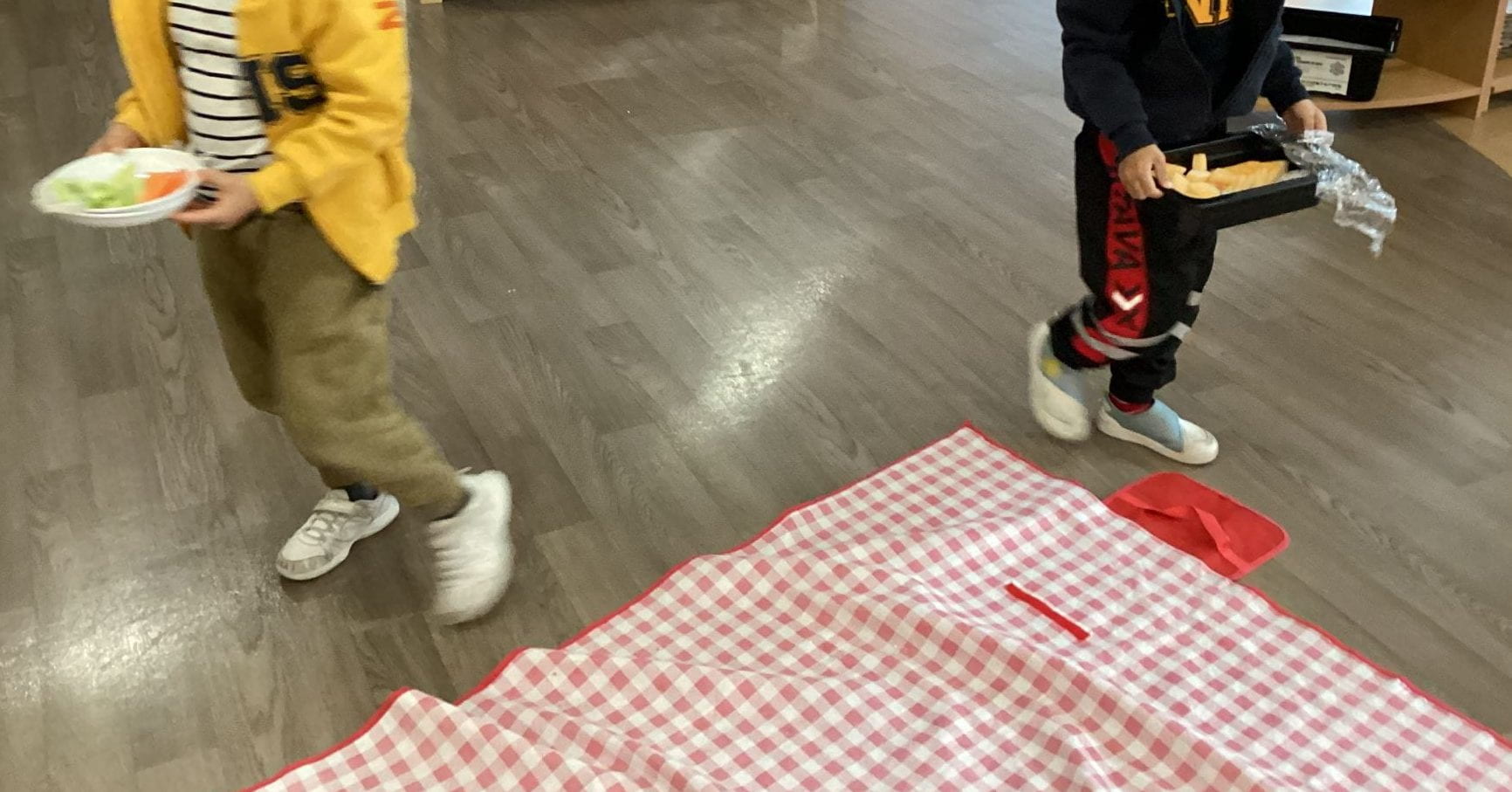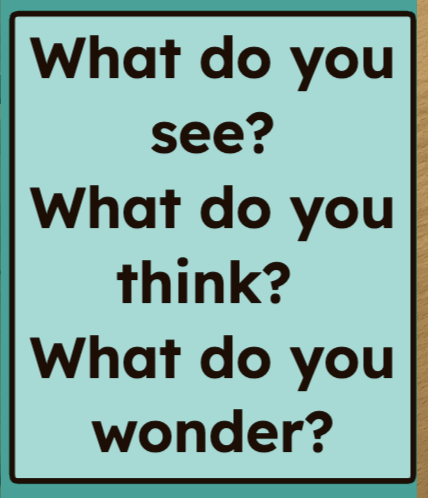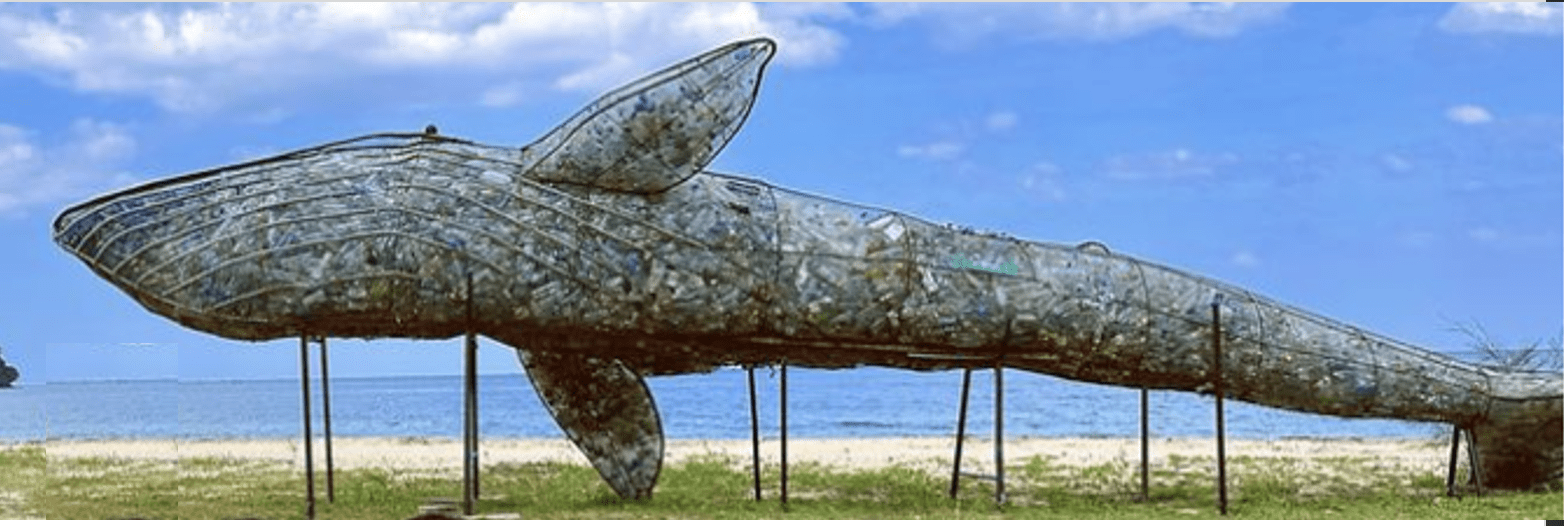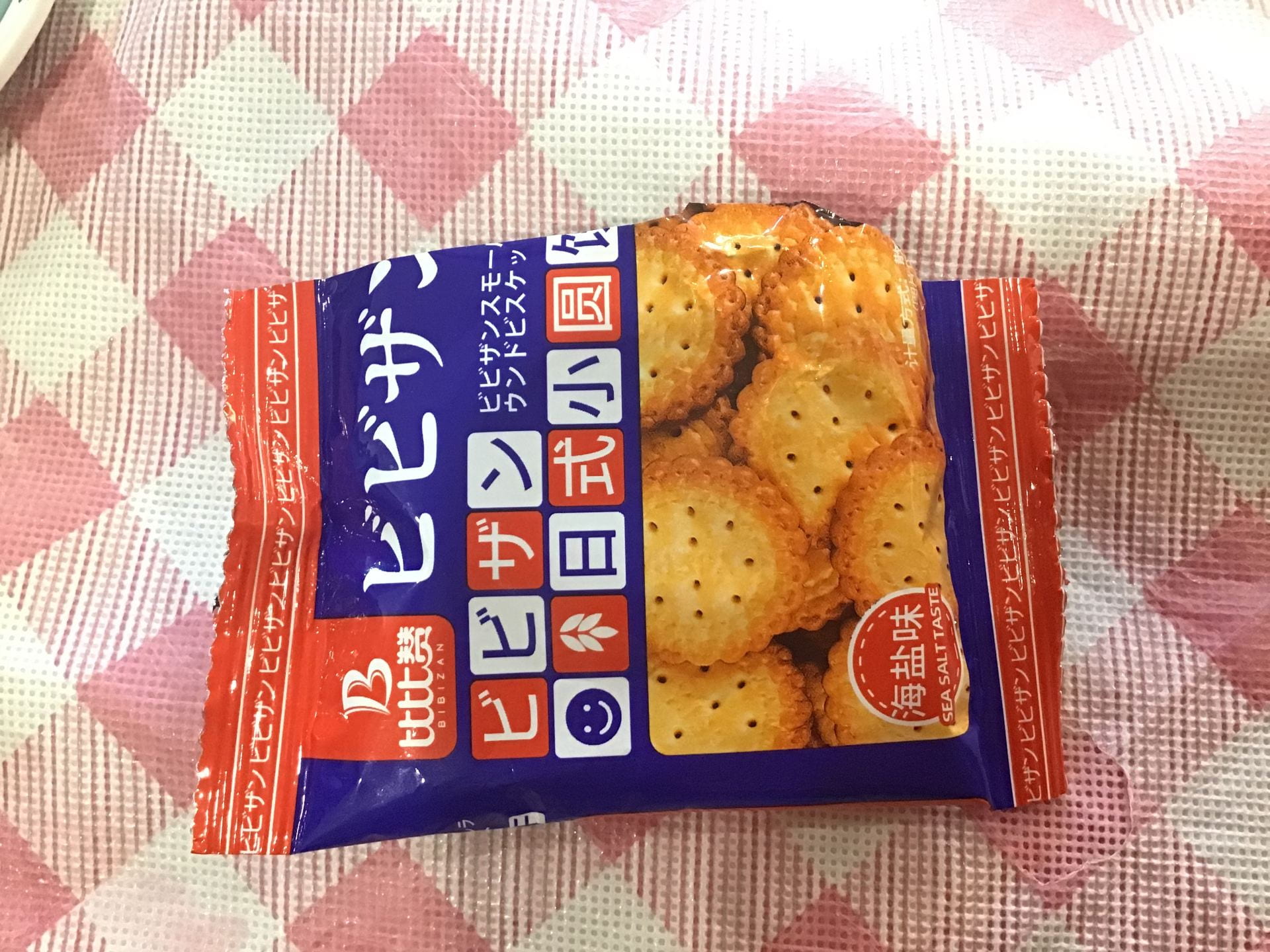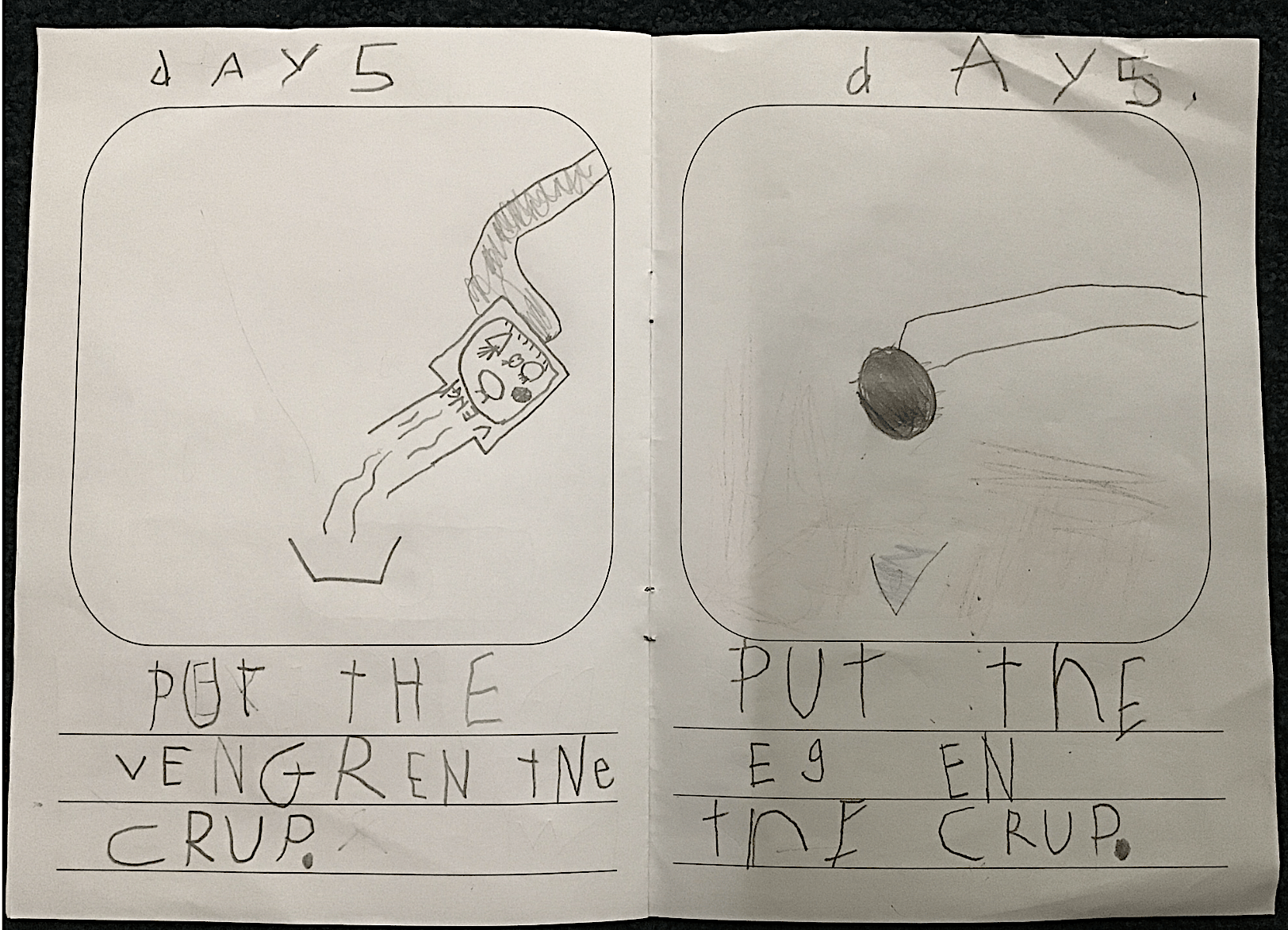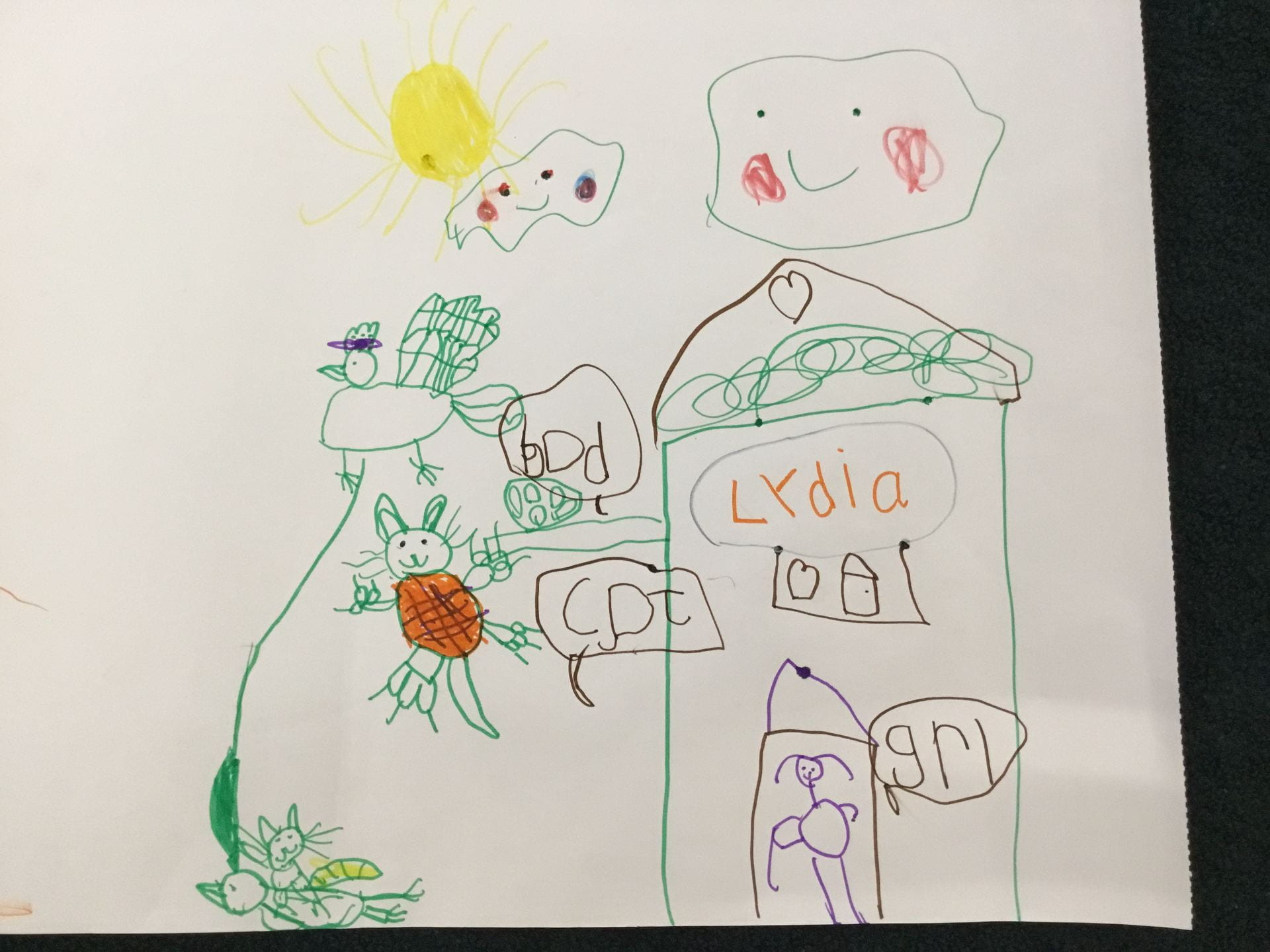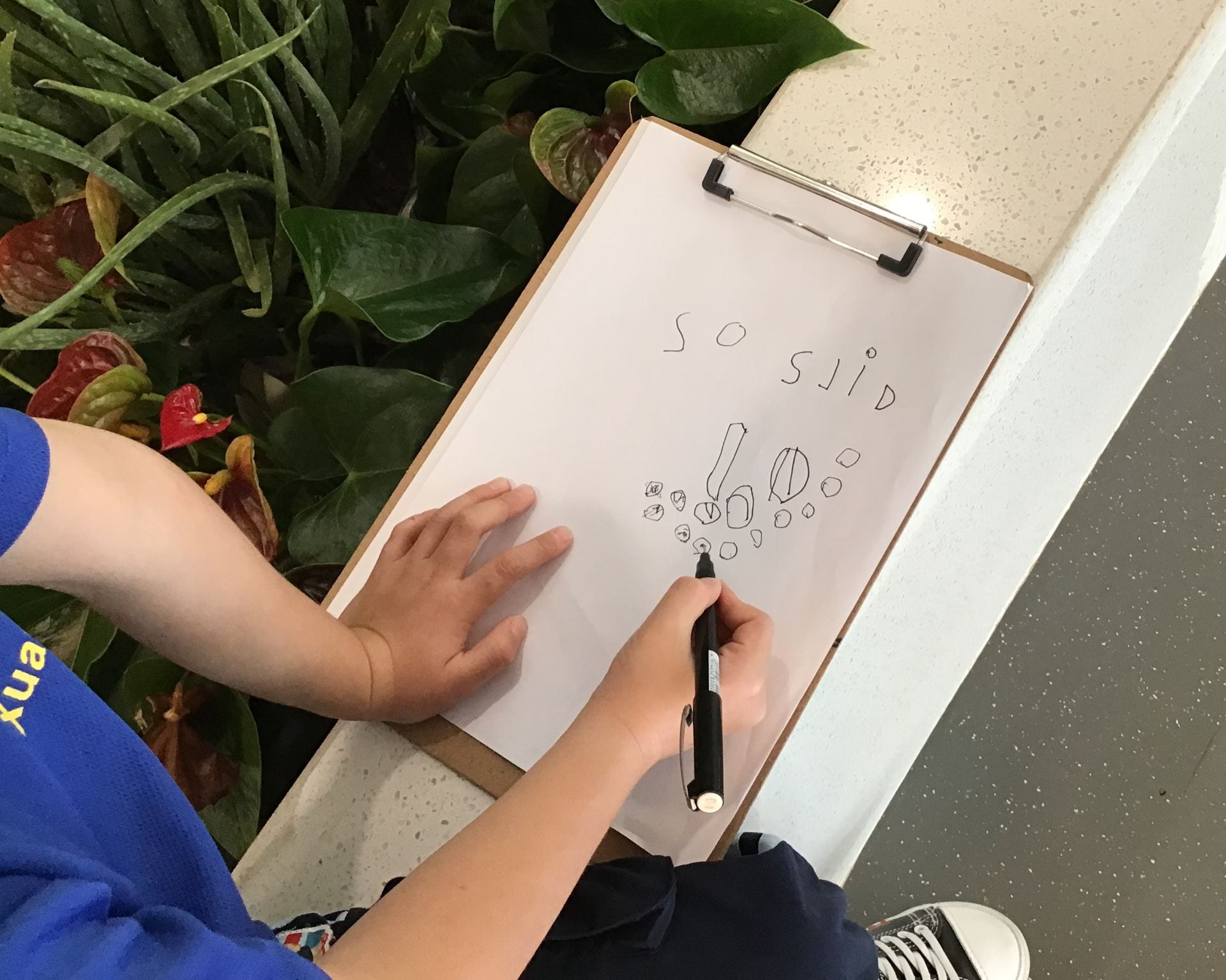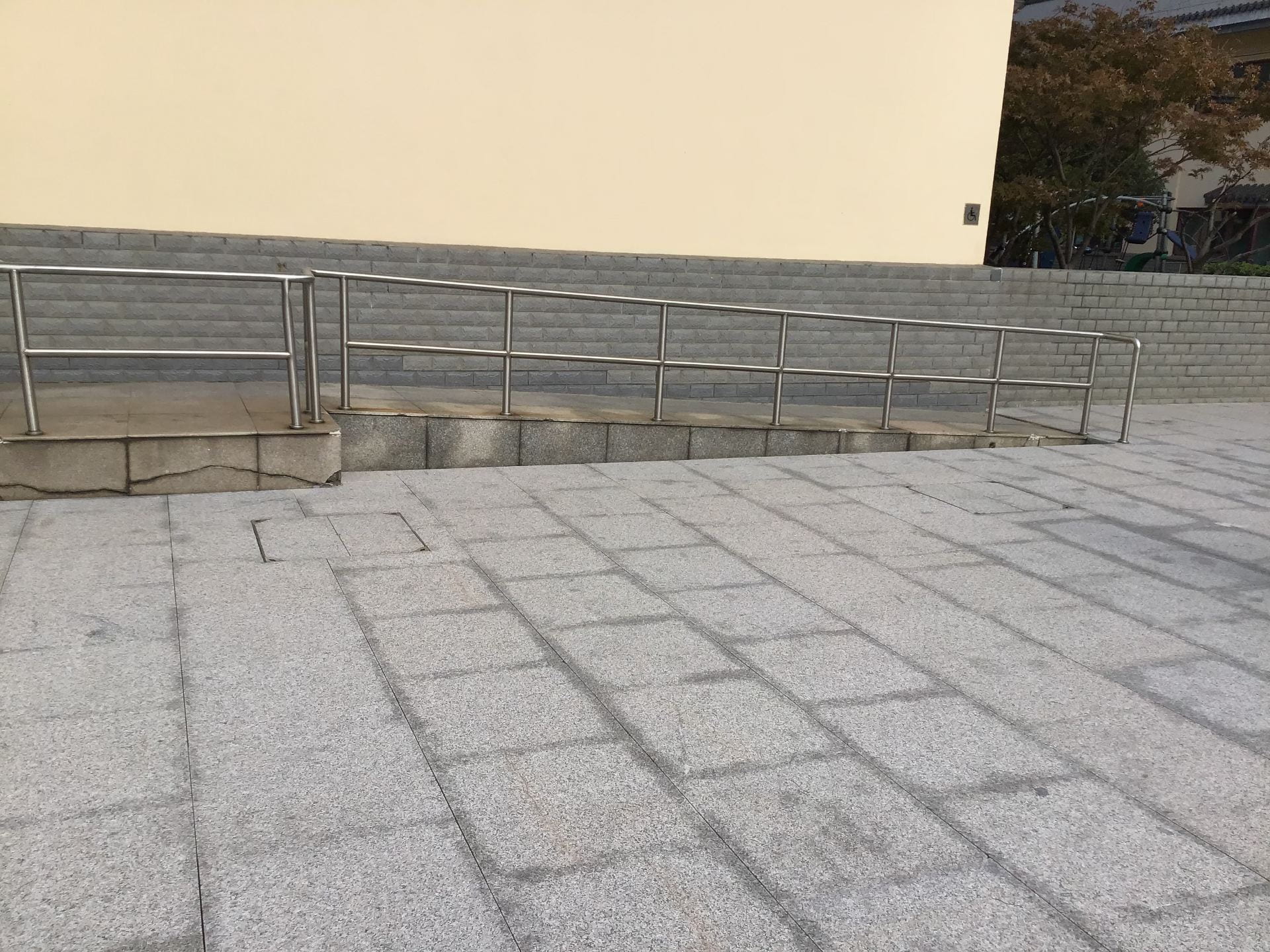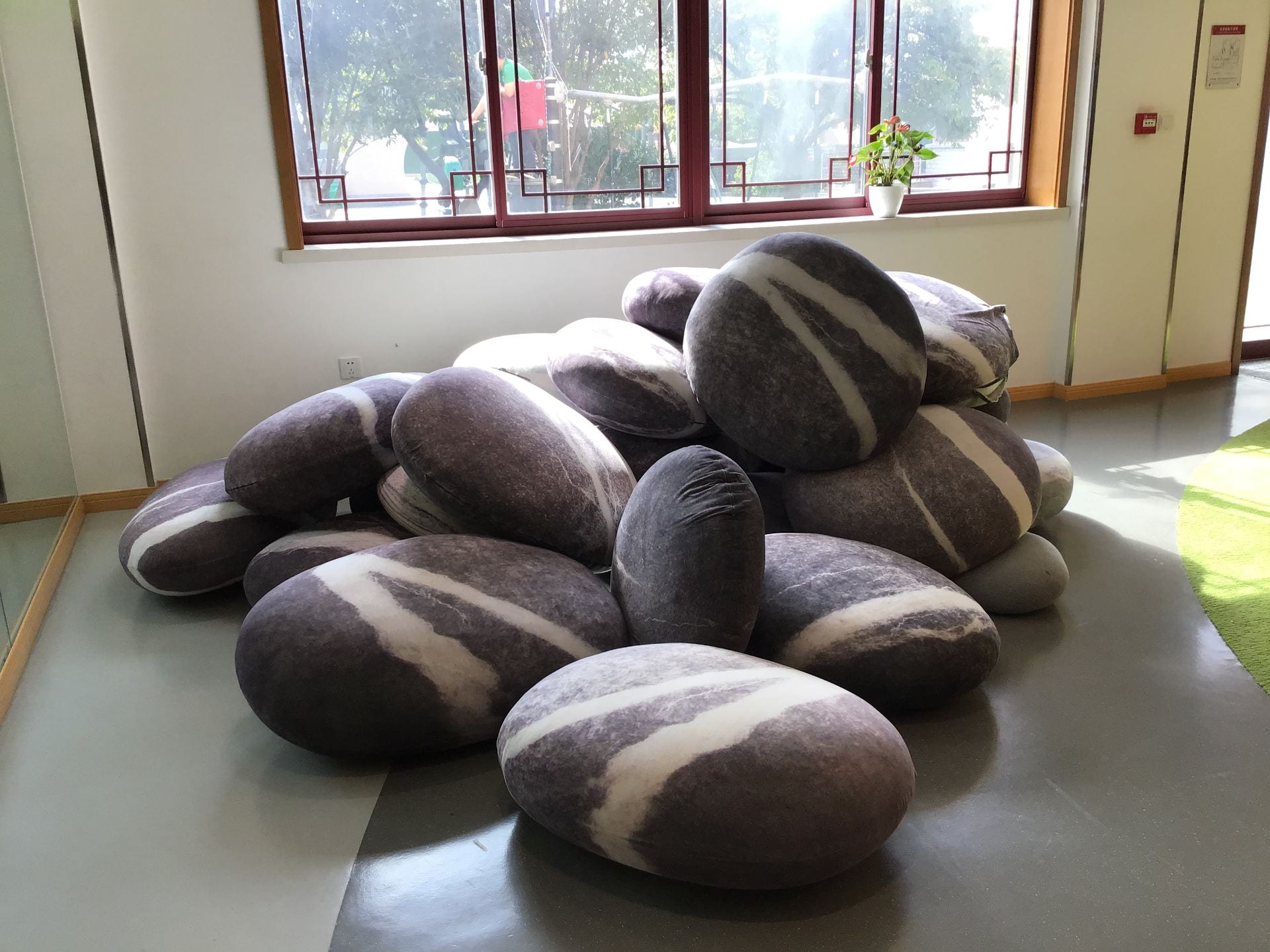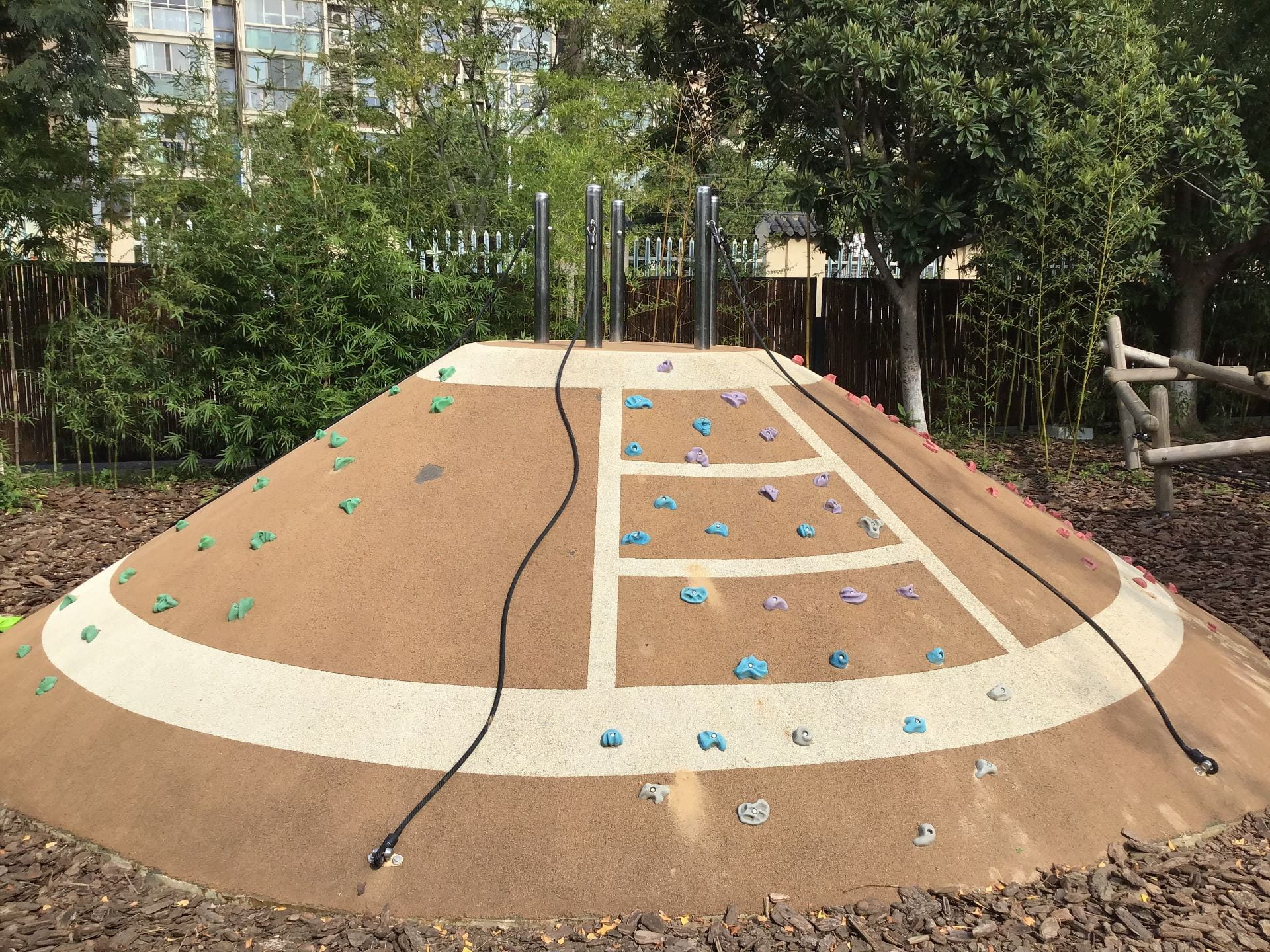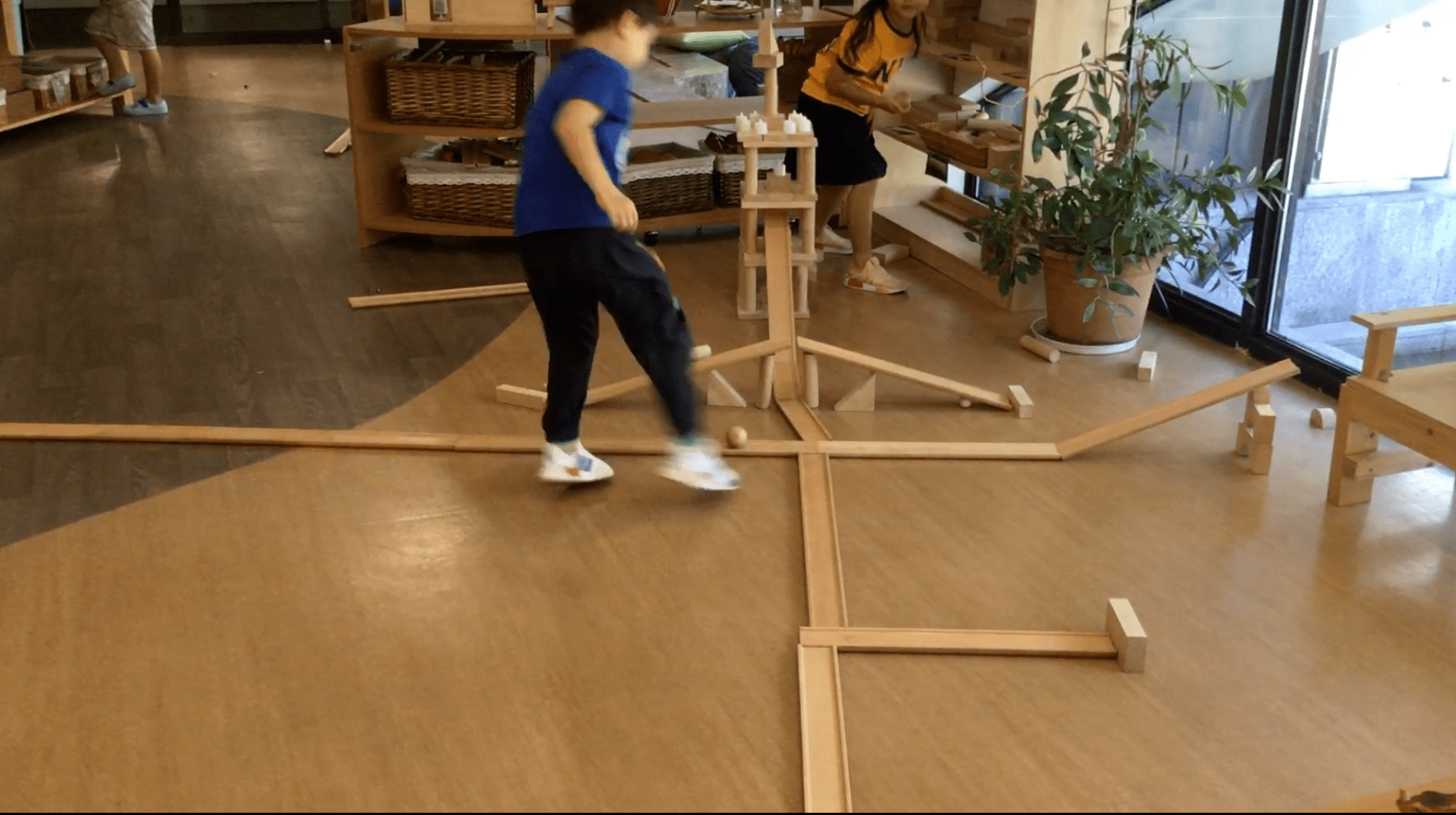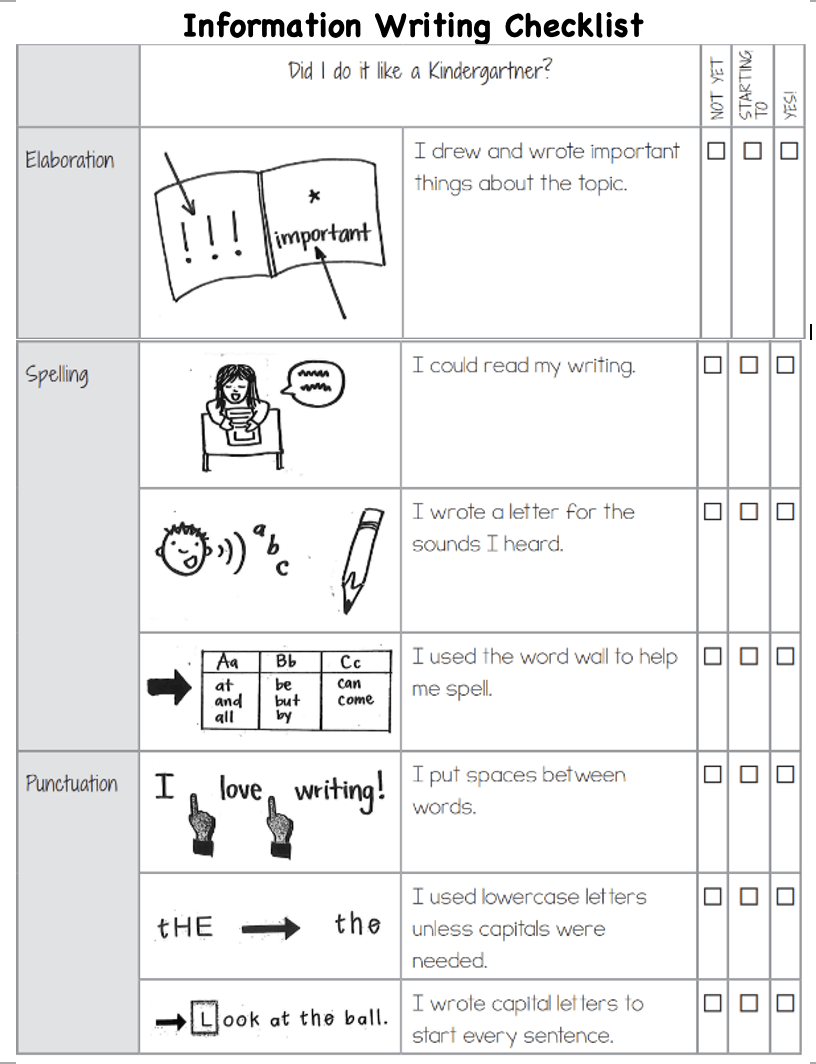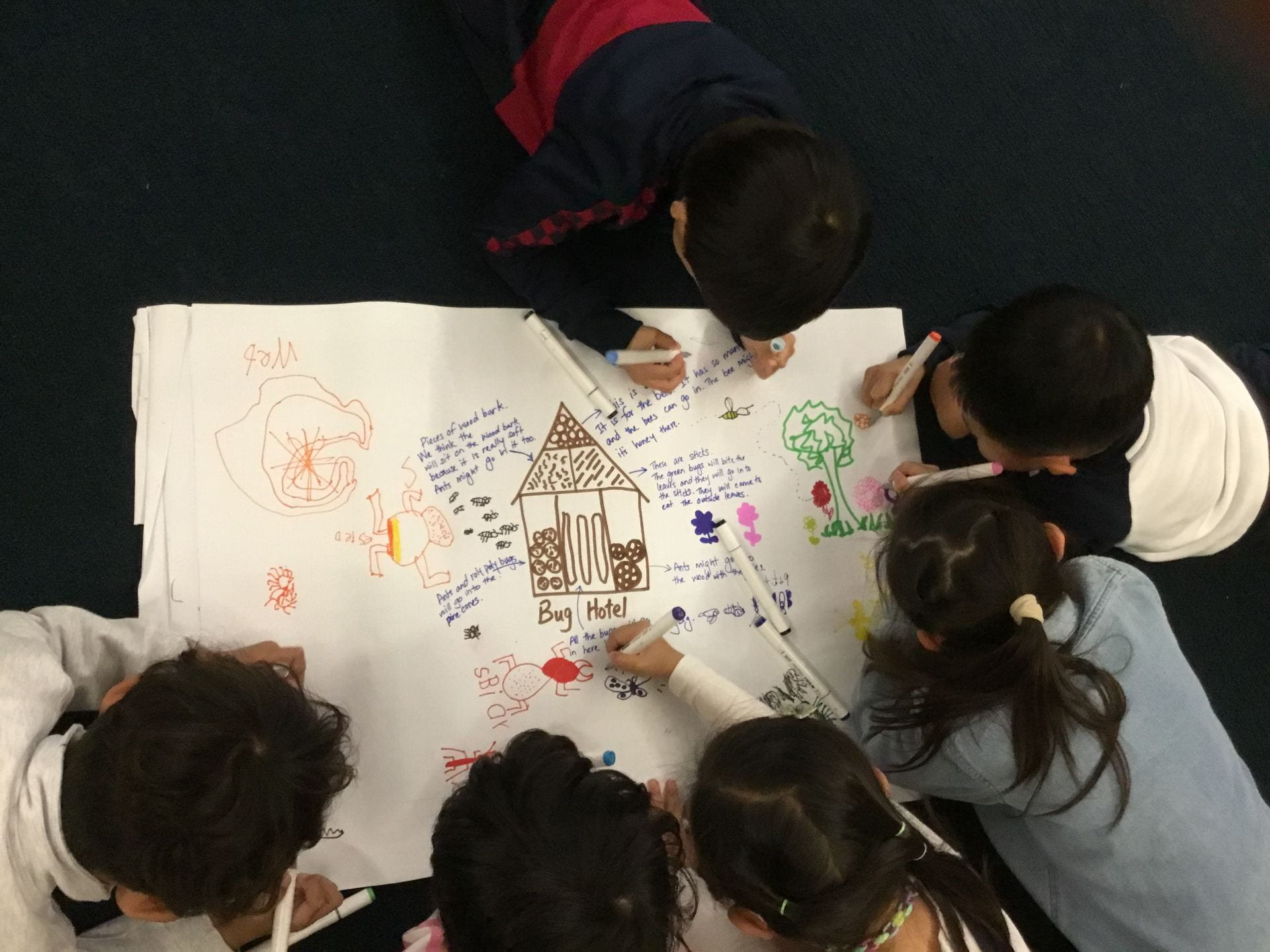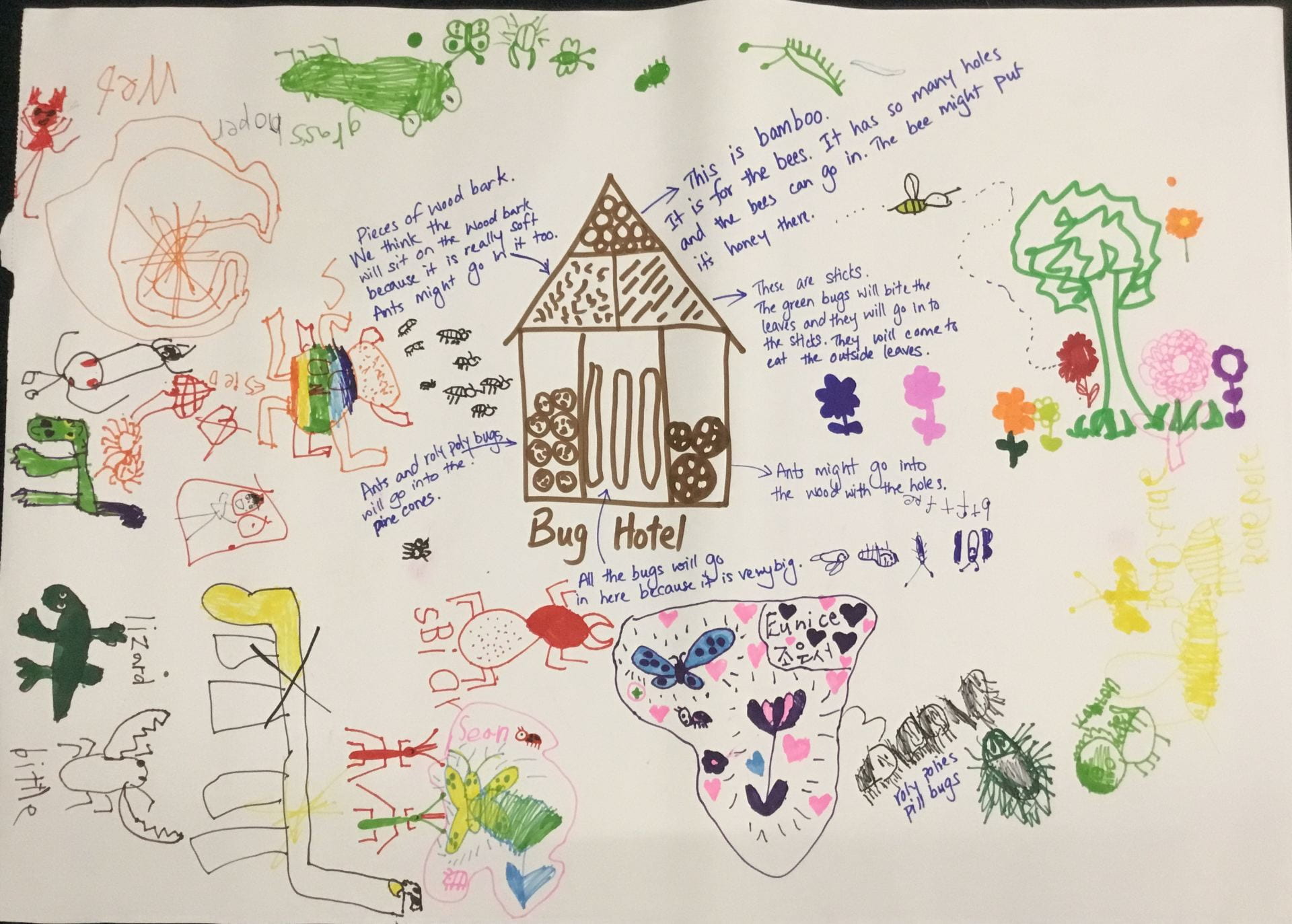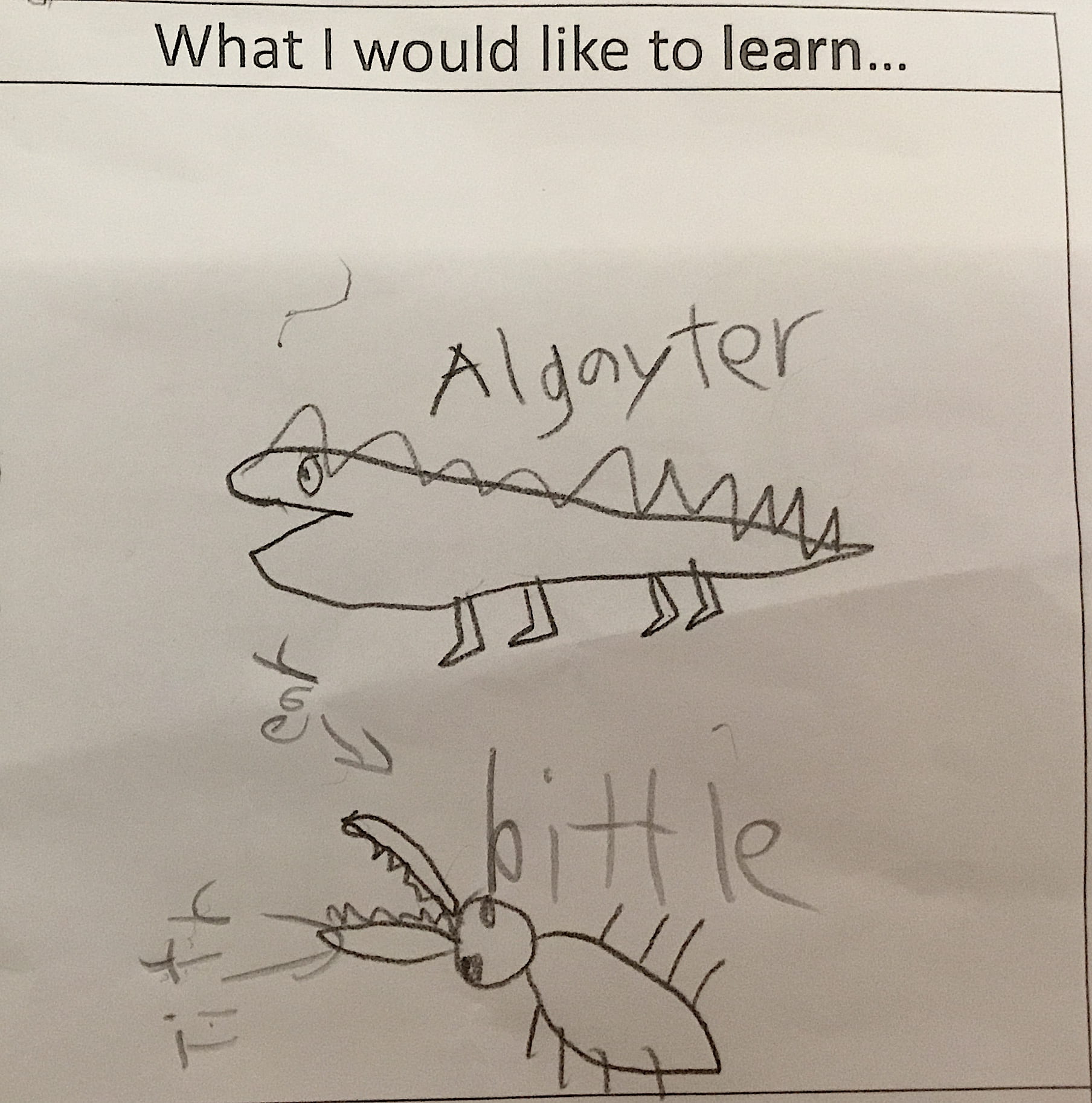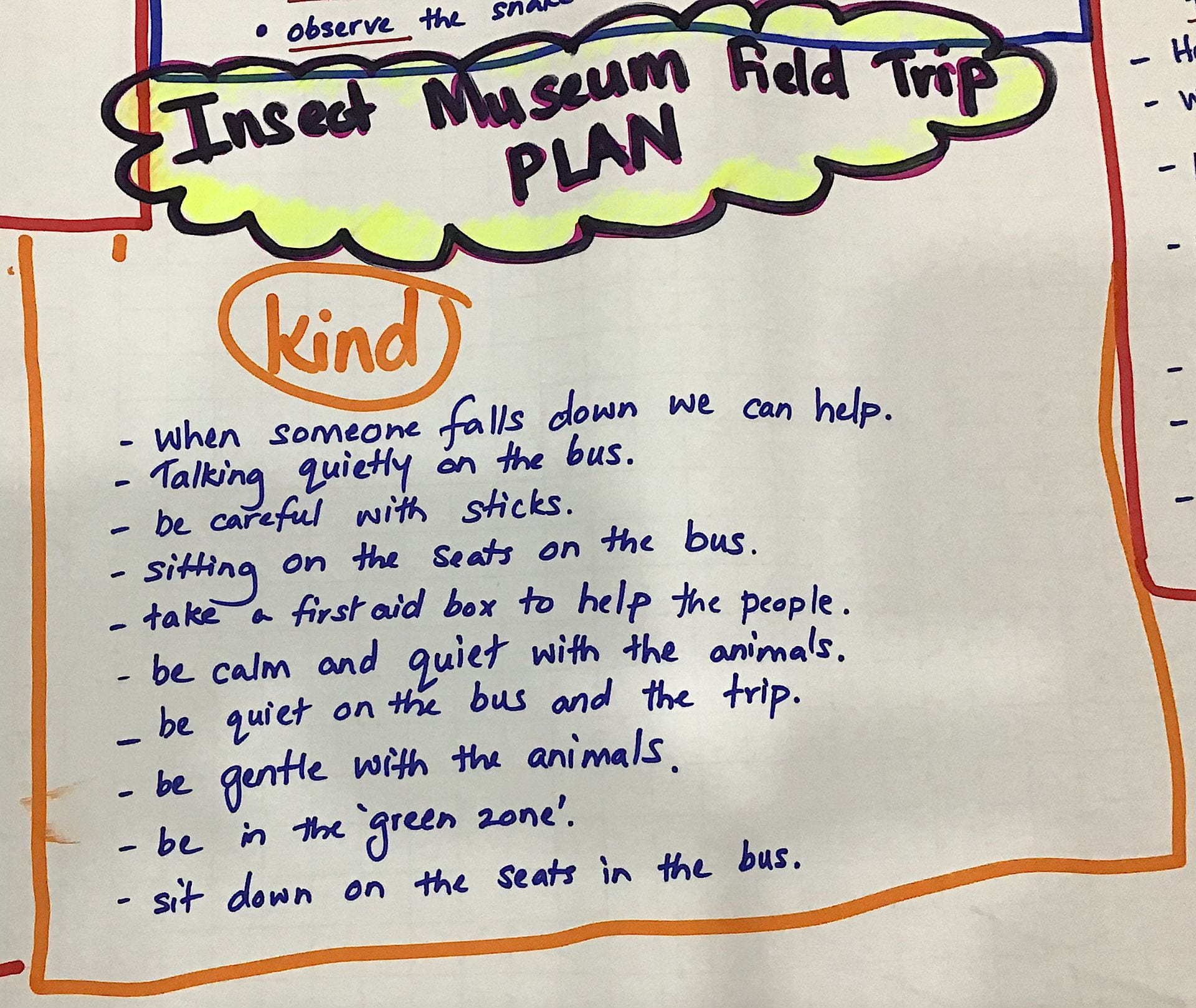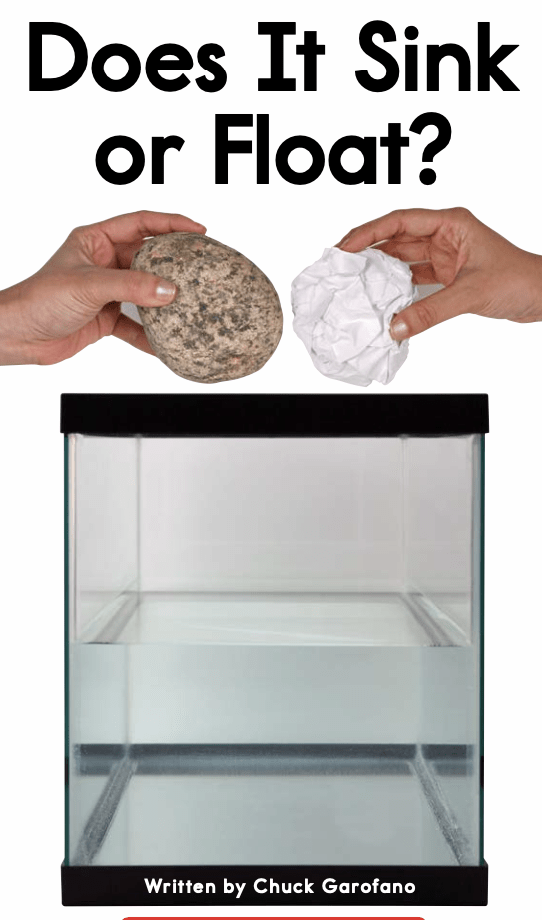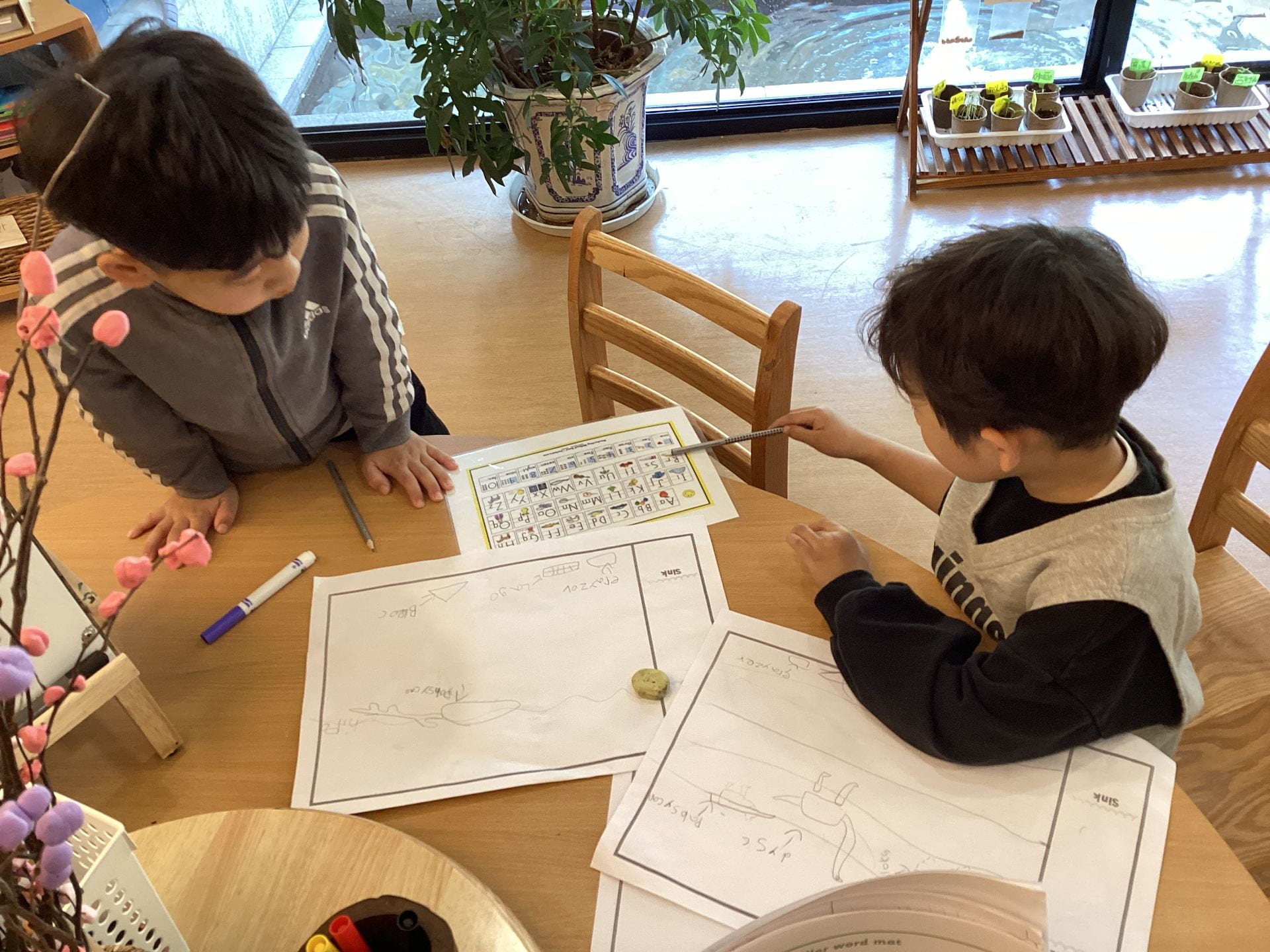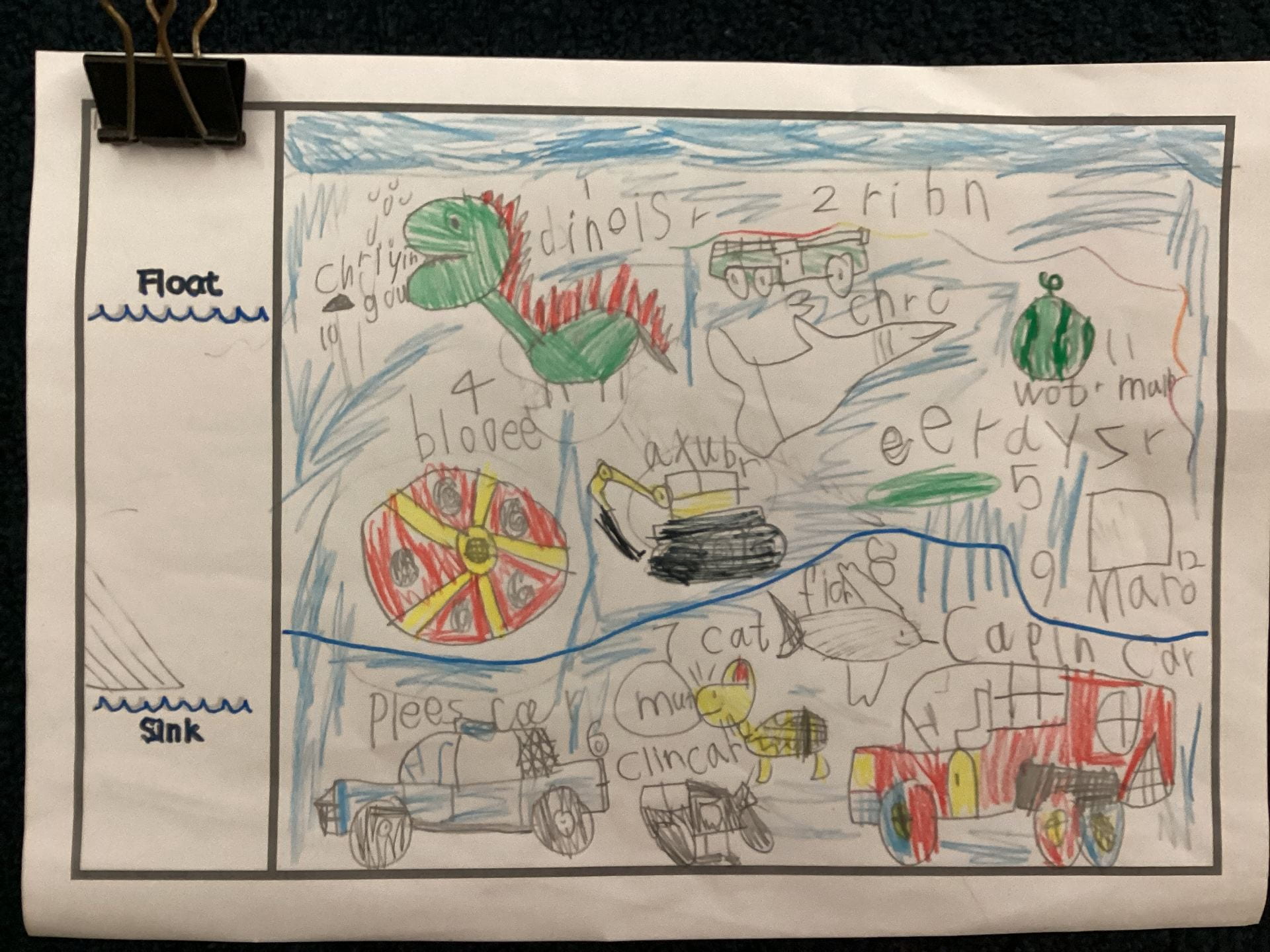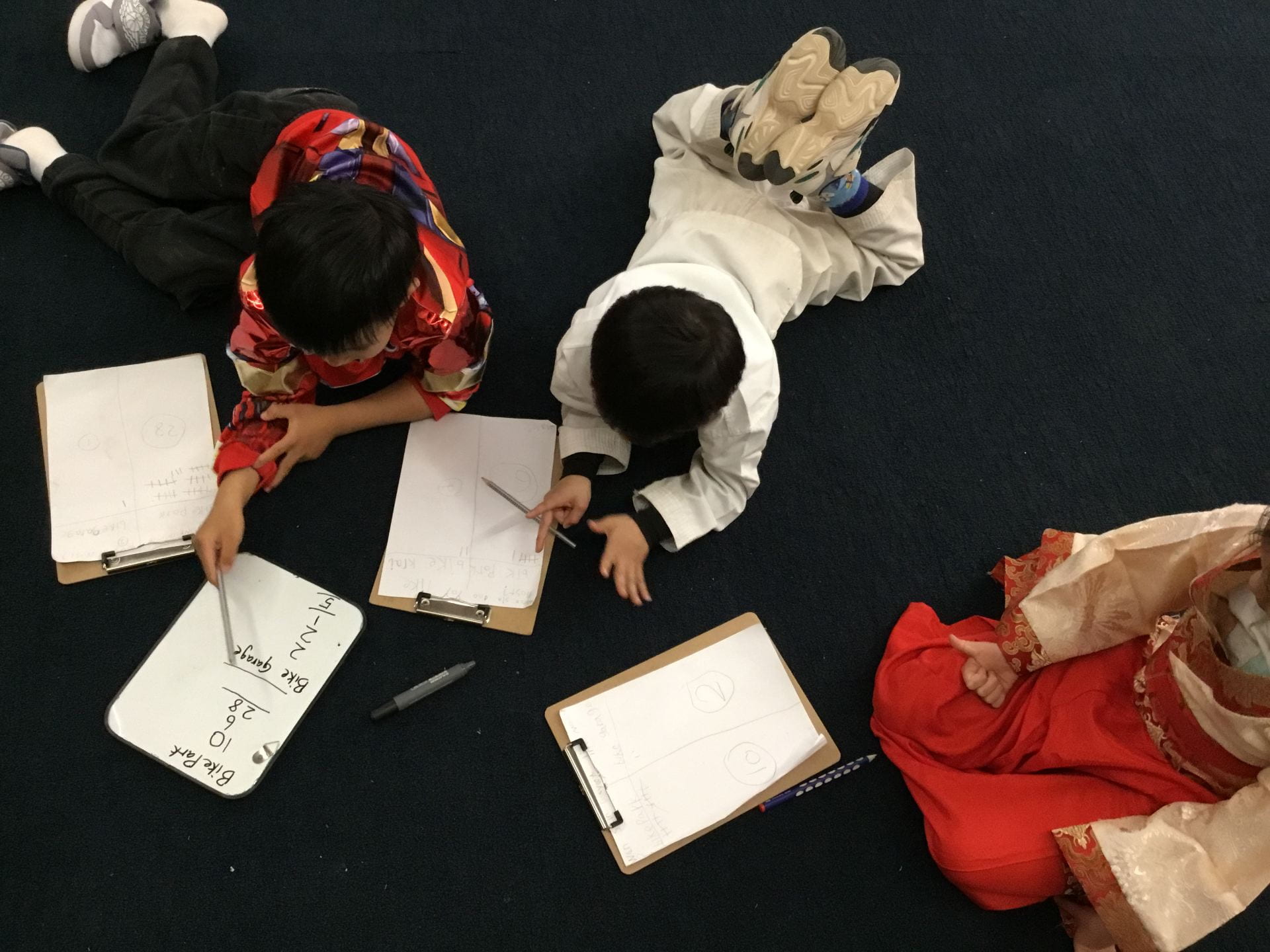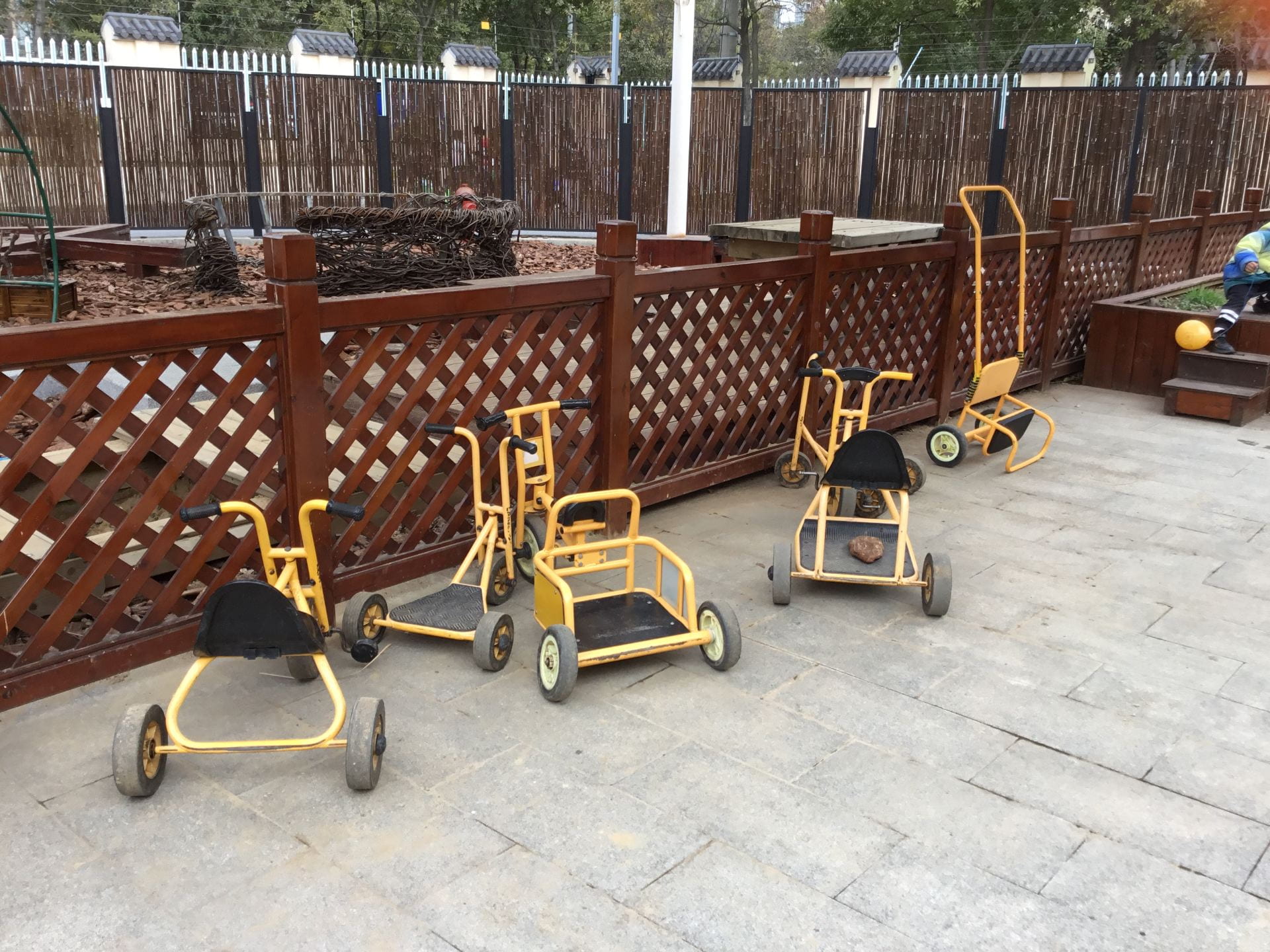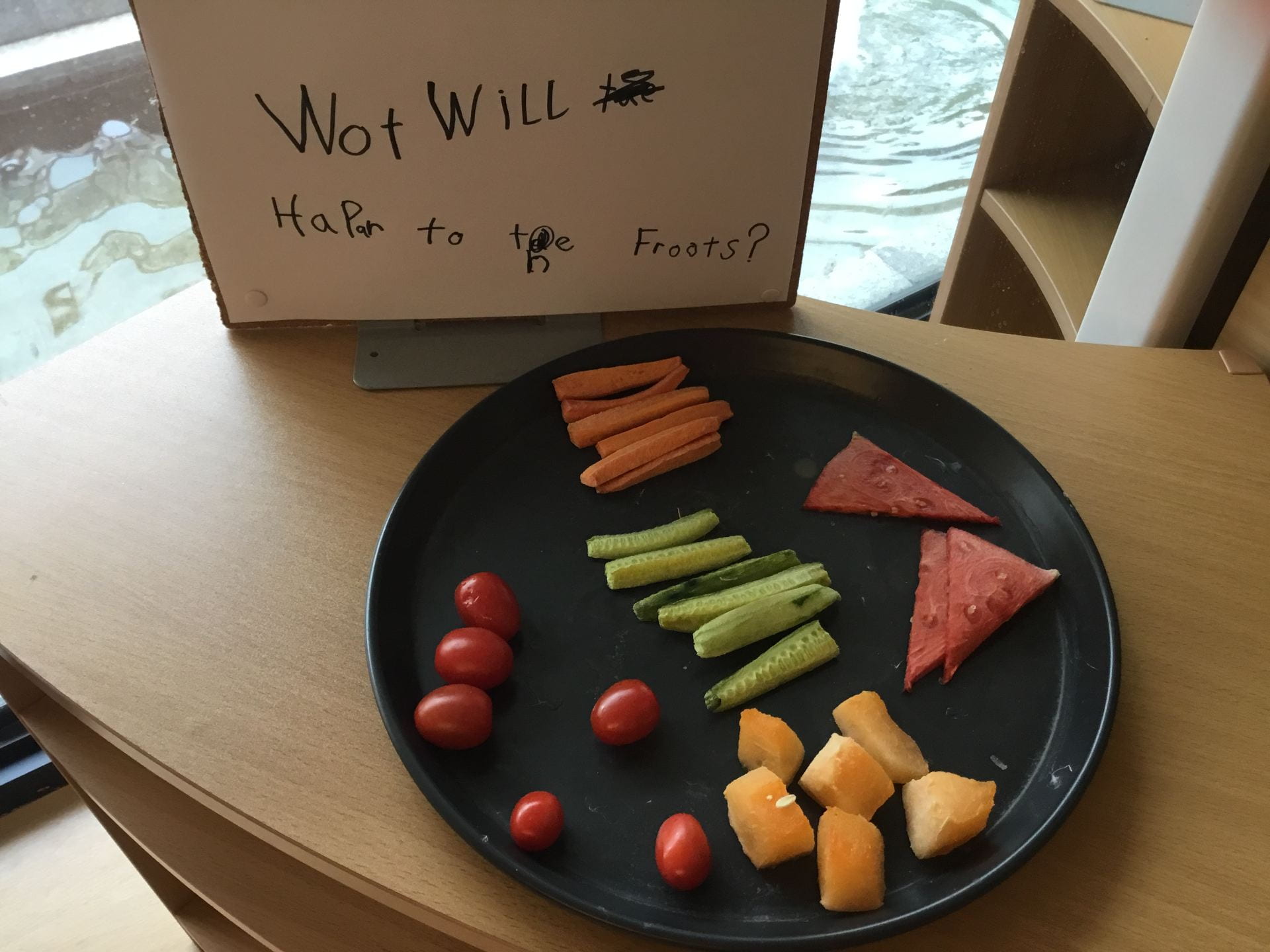A Bird in a Nest
- Wyatt “Oxford tell me a bird is here and we looked at it.”
- Oxford “I wanted them. Eli think it’s not real.”
- Lydia “This bird, her eyes are red. And Ms. Hannah said she is sitting on the nest waiting till the eggs come out.”
- Liz “I see bird, at first it was not on the nest and then the bird is going on the nest.”
- Eli “I see the bird I think he was laying the eggs because he was sitting there for a long, long time on the nest.”
- Wyatt “I see the bird not moving.”
- Oxford “Why no people can not go in there?”
- Liz “I think the bird is see the people and it fly away.”
- Jeongyoon “He is flying away and then eggs will crash to the floor and then break. And then the baby bird will be dead.”
- Oliver “If there is no tape then people will just go in and scare the birds away while making the loud noises, then the baby birds will not have their mummy they will be very scared. The mummy bird might do a battle and might get distracted and the eggs in the nest might hatch and the baby birds might fall down and get hurt. And people might accidentally step on the nest and they might get more hurt.”
- Liz “I think no have the mummy bird then the inside bird gets cold.”
- Lydia “The people are so loud and the bird don’t want to be here and then she will go away. And then egg fall off and then the mummy bird don’t want the bird that falls out.”
- Motong “If we go there and the bird will go crazy and will kick the baby down. If you go in there with a shovel the baby bird will get scared.”
- Oxford “The mum bird he will think we are bad people and he will take his eggs and go away.”
- Jeongyoon “Some people get the shovel and hit the nest then the bird will fall and be dead. The nest will fall and the nest will break.
- Lydia “The tape Ms. Hannah used was broken so the security used the red one.” (in Mandarin)
- Oxford “I think outside there is paper and it is raining and then the paper will break.”
- Wyatt “I think outside the people can help the birds and the baby birds not die.”
- Lydia “It is hatching the eggs.” (in Mandarin)
- Yui “The bird protecting the eggs.” (in Mandarin)
- Oliver “Not letting anything happen to the eggs.”
- Oxford “She has lines on her neck and her beak is so long.”
- Eli “I think protecting means she keeps her eggs safe. She sits by it and keeps the eggs under her bottom. Because she is in the tree the rain will not get through the tree.”
- Liz “I think the bird has red eyes.”
- Lydia “The bird needs to keep the eggs warm to hatch them. Or they will die if it’s cold.” (in Mandarin)
- Oliver “My Chinese grandpa and grandma house they have real birds and one looks like a peacock.”
We wonder how we might observe the bird over time to see how it cares for the eggs and the baby birds (needs).
We wonder what decisions the children will make about their environment because of their developing understanding of the needs of living things in our playground (nature).



























